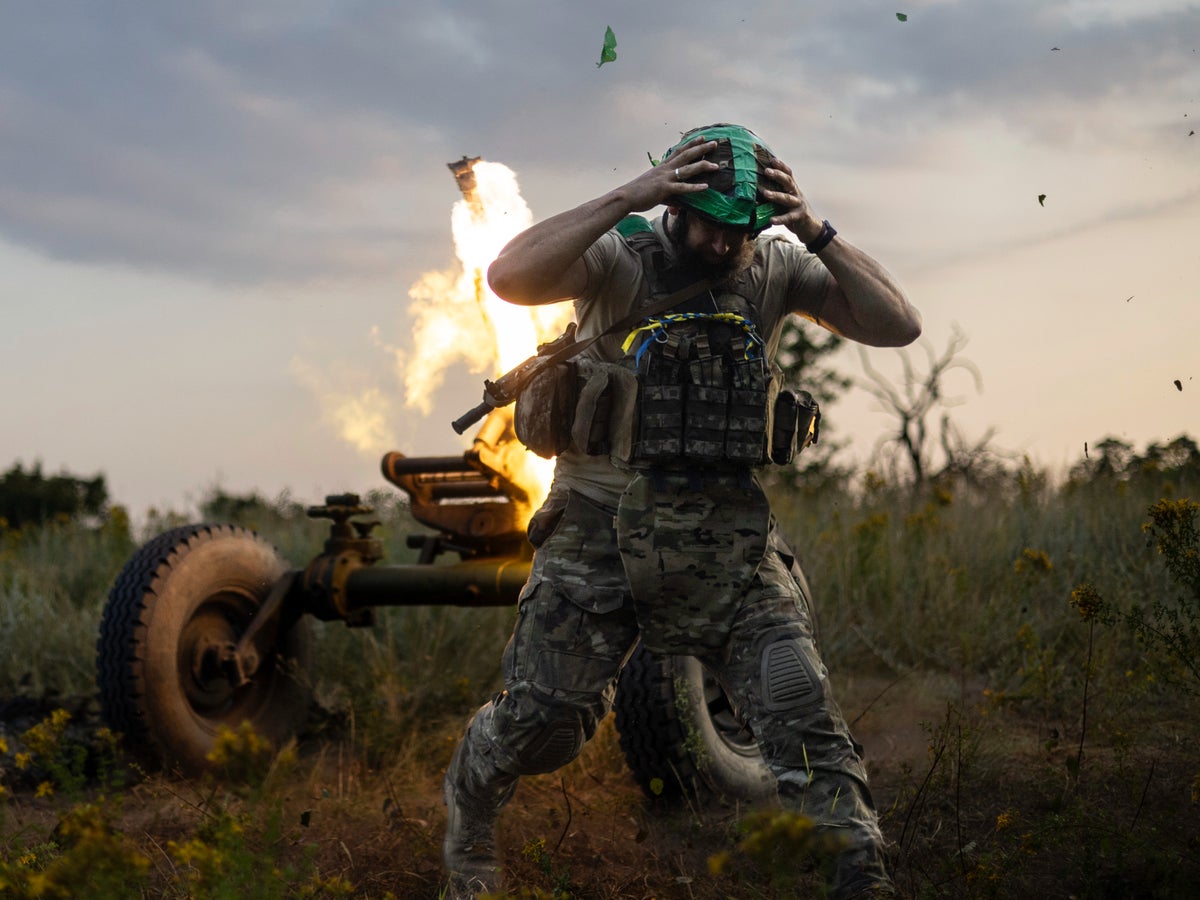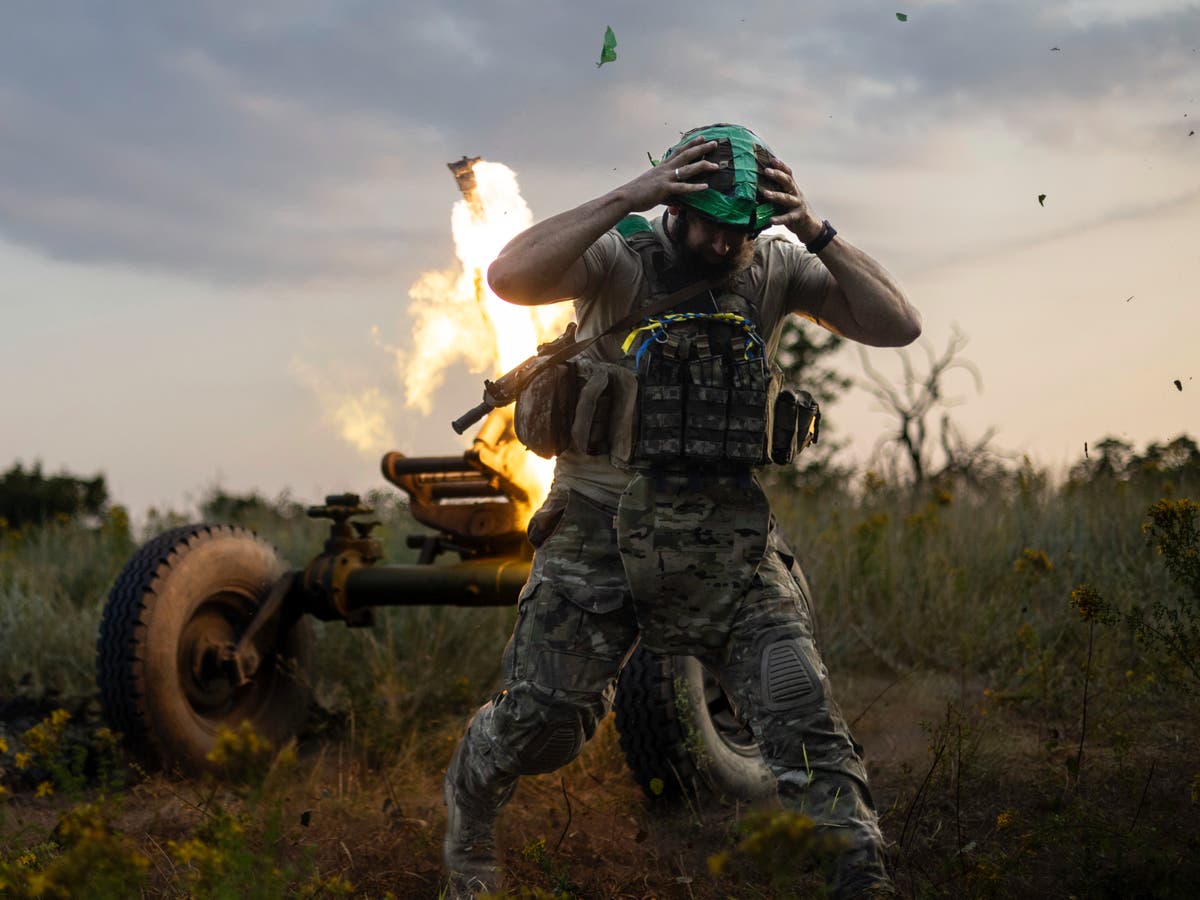
Establishing accurate data on the number of military casualties sustained since Russia’s invasion of Ukraine began on 24 February 2022 is difficult for two reasons. The severity of the fighting on the ground and the fact that both sides are inclined to keep their cards close to their chests to avoid damaging morale – especially at a time when the war is entering a pivotal new stage.
The Kremlin, in particular, is unlikely to admit to high fatality rates among its troops because to do so would amount to a confession that Vladimir Putin’s spurious war to “de-Nazify” Russia’s neighbour state is not going according to plan and, in fact, represents a monumental miscalculation on the part of its leader, who is already under pressure at home over the attempted uprising by Wagner Group mercenaries.
Moscow is more likely to downplay its own (rarely offered) numbers and accuse its enemies of dishonestly briefing against it whenever outside estimates are offered that imply significant Russian losses.
Ukraine, meanwhile, posts a daily report on its Ministry of Defence website listing a cumulative total of the number of enemy personnel “liquidated”, alongside other combat losses, which stood at the much higher total of 213,700 on 5 July.
Most tolls typically refer to “casualties” as the preferred military euphemism, under which combatants killed and injured can be grouped together, whereas “liquidated” seems to imply killed only.
Overseas observers offer a more dispassionate (if still not entirely impartial) assessment of the situation on the ground, which might equally be flawed by their far remove from the realities of life on the frontline.
Local independent media group Mediazone nevertheless work hard, operating within a tightly-controlled environment, to offer their own running total of Russian casualties in Ukraine based on what they can corroborate from publicly available information, which currently puts the total at just 26,801 in its latest update of 30 June.
They work with the BBC but explain: “These numbers do not represent the actual death toll since we can only review publicly available reports including social media posts by relatives, reports in local media, and statements by the local authorities.
“The real death toll is much higher. Besides, the number of soldiers missing in action or captured is not known.”
One of the most significant insights to be volunteered so far has come from John Kirby, the White House’s National Security Council spokesperson, who said on 1 May – citing newly declassified information – that the US believed Russia had suffered 100,000 casualties between December 2022 and April 2023, amounting to 20,000 deaths and 80,000 injuries, after becoming caught up in a grinding war of attrition around Bakhmut during the freezing winter months.
“It’s really stunning, these numbers,” Mr Kirby said. “It’s three times the number of killed in action that the United States faced on the Guadalcanal campaign in the Second World War.”
That followed an estimate given by Mark Milley, chairman of the US joint chiefs of staff, the previous November, when he told an audience in New York that the number of Russian casualties in the first eight months of the war stood at “well over” 100,000.
If that figure is accurate and is added to Mr Kirby’s update, that would put the total well north of 200,000 by this point, roughly in agreement with Ukrainian accounting, although the Kremlin has inevitably disputed America’s calculations and dismissed them as anti-Russian propaganda.
Russian soldiers march towards Red Square as part of a Victory Day military parade in Moscow on 9 May 2023
(Alexander Zemlianichenko/AP)
The US has declined to estimate the number of Ukrainian casualties publicly, arguing that doing so would betray sensitive military information and risk undermining an ally.
However, the top secret Pentagon documents leaked on social media in April – if accurate – suggested that the US Defence Intelligence Agency believed that Ukraine had suffered between 15,500 and 17,500 fatalities at that stage and seen between 109,000 and 113,500 of its soldiers injured.
Those documents, incidentally, put the agency’s assessment of Russian casualties at between 189,500 and 223,000, including between 35,500 and 43,000 soldiers killed in action and between 154,000 and 180,000 wounded. That likewise tallies with the other estimates seen so far.
Elsewhere, Norway’s defence chief, Eirik Kristoffersen, offered a similar ballpark figure when he told his country’s TV2 on 22 January that he believed Russia had suffered around 180,000 deaths and injuries while Ukraine’s total casualties was significantly lower, closer to 100,000.
As for civilian casualties, the Office of the UN High Commissioner for Human Rights (OHCHR) publishes regular updates of its tallies based on the latest intelligence from the conflict zone.
The most recent such report from the OHCHR was published on 18 June 2023, recording that 9,803 civilians have been killed in Ukraine since the invasion began 16 months ago and another 15,779 people have been injured.
Of these numbers, 7,072 deaths and 13,001 injuries occurred in territory controlled by Ukraine. In Russian-occupied territory, 2,011 people have been killed and 2,778 injured since the attempted conquest began last year.
These latest figures, recorded between 1 June and 18 June, added 557 civilian casualties in Ukraine to the running total, of which 112 were killed and 445 injured.
However, even here, the OHCHR notes that the actual figures are likely to be “considerably higher” than those it can substantiate on account of the inevitable delay in receiving information from the most fiercely contested areas, underlining the complexity of saying anything definite about the state of play in Ukraine.
